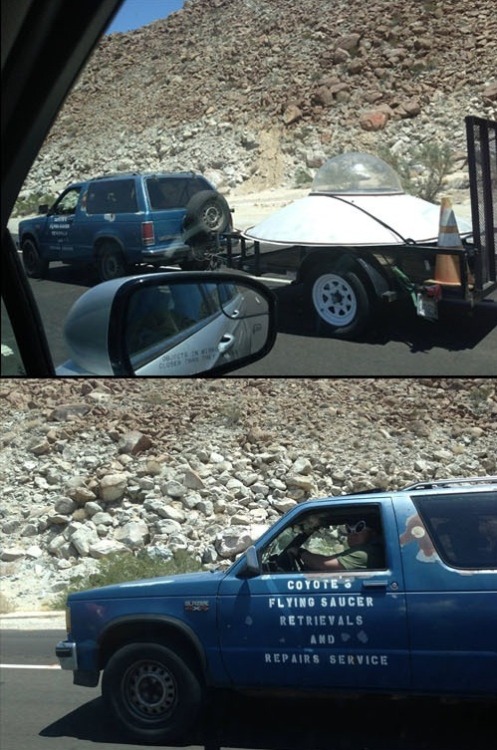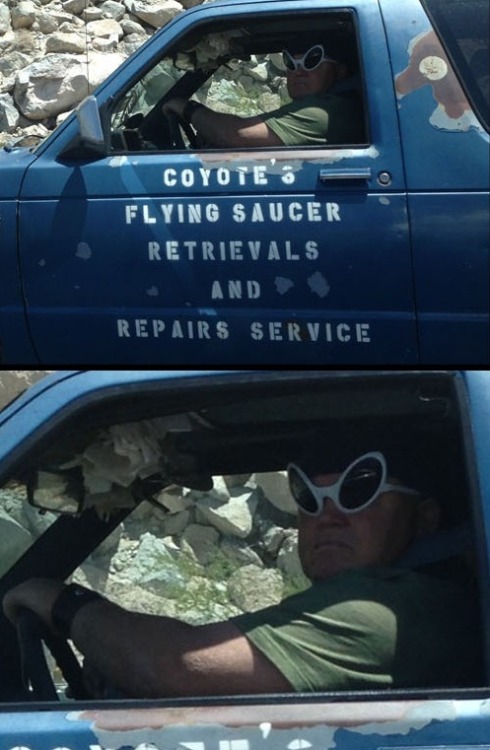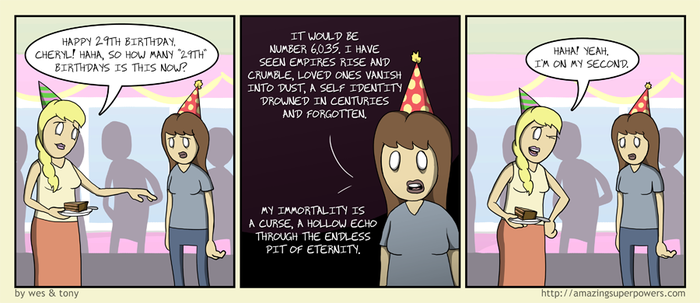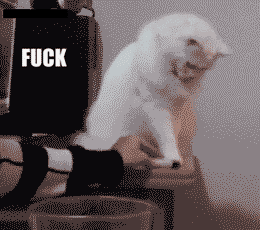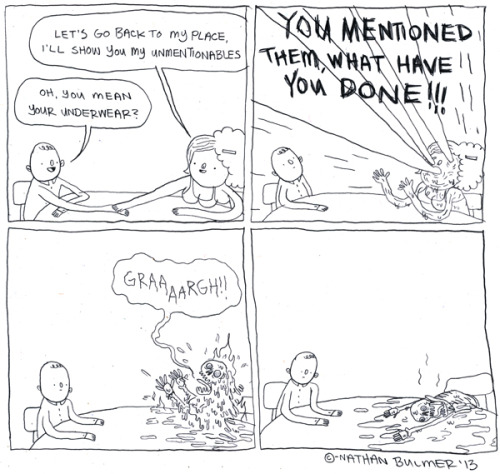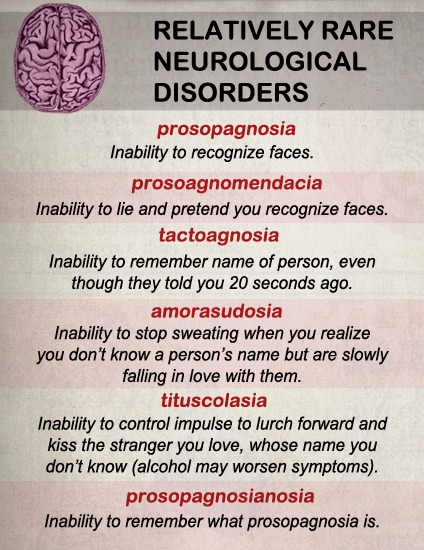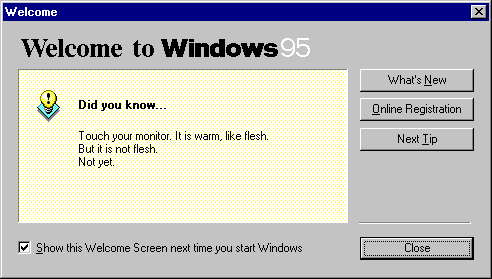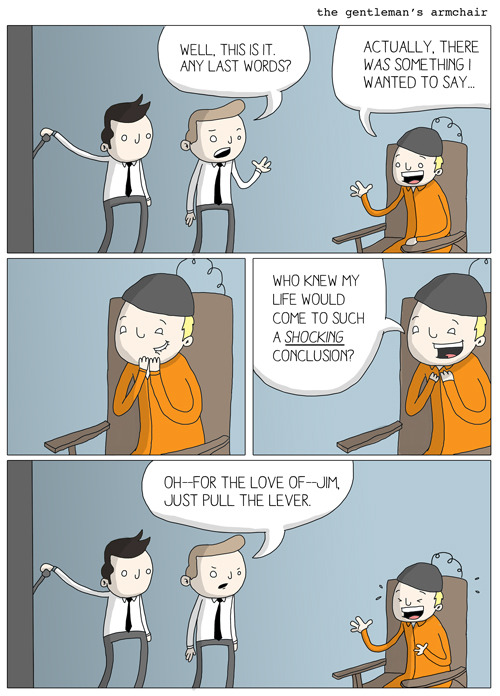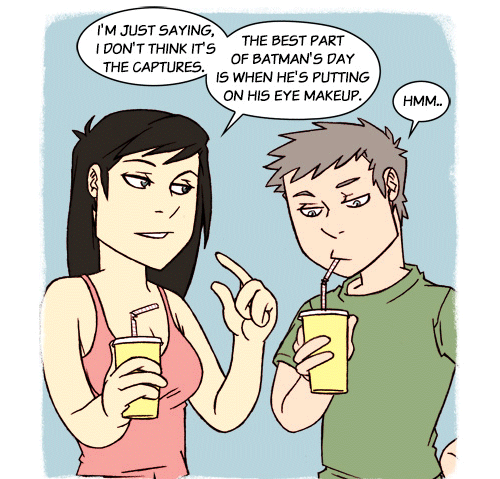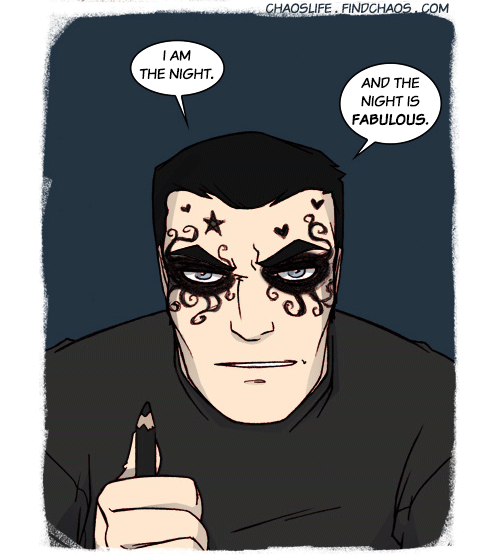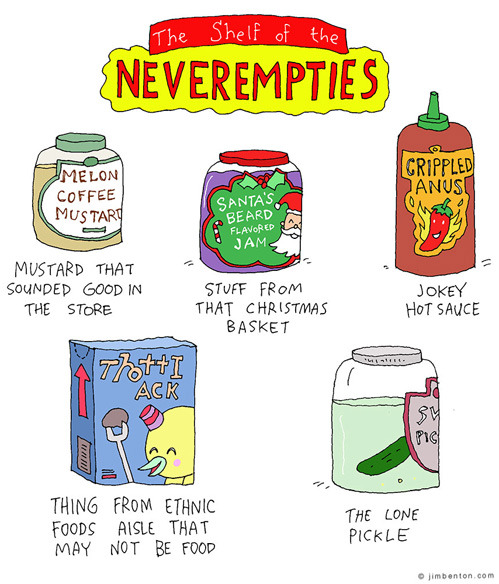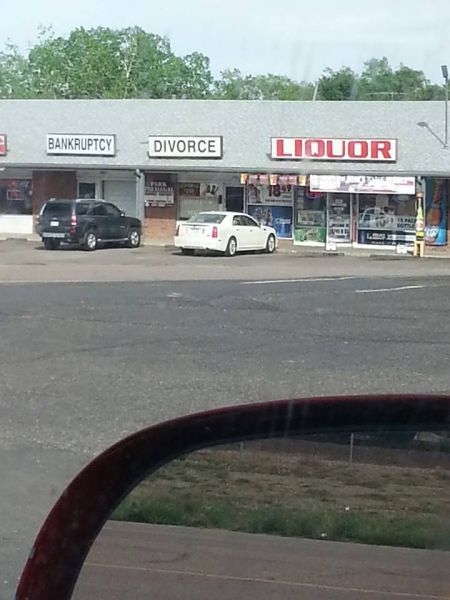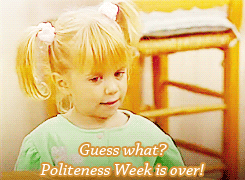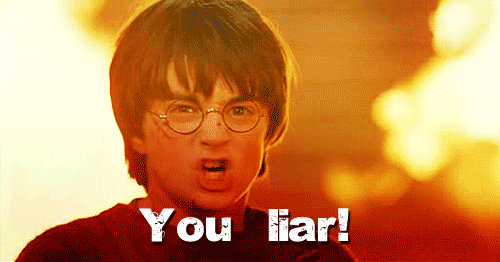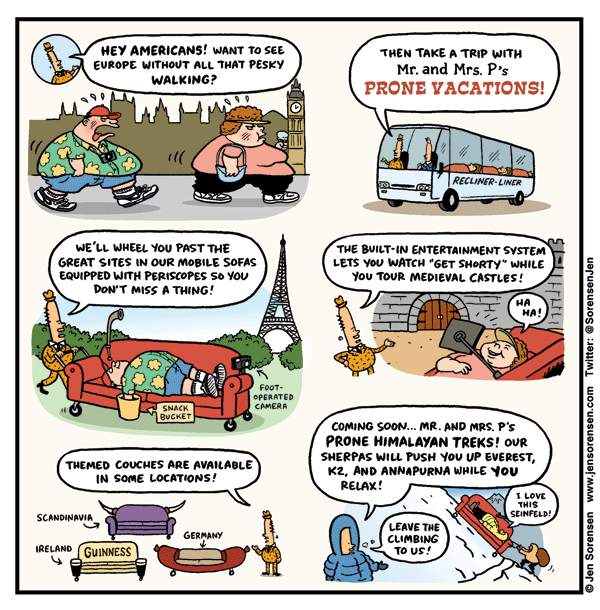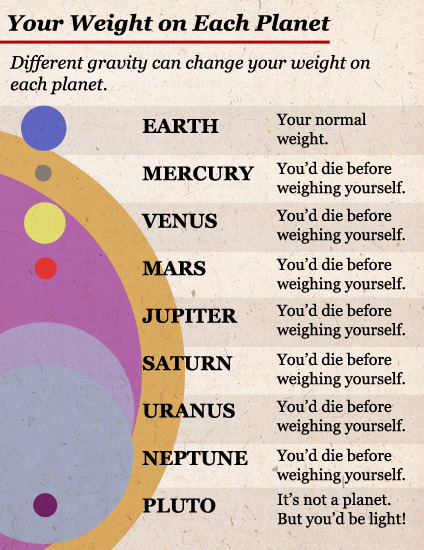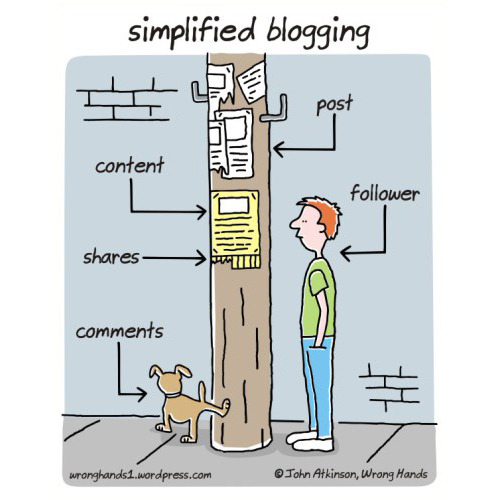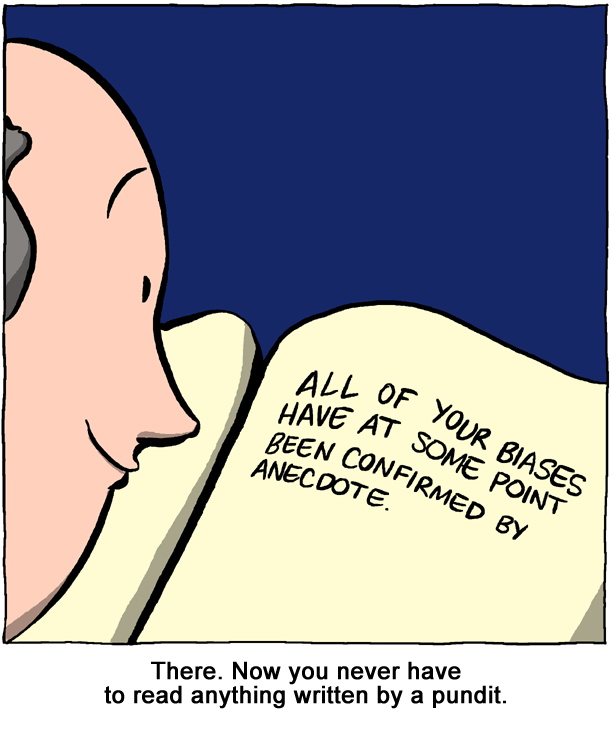Immediately the scramble was on: what alternates were available? What sorts of formats did they come in? (I don't care for photo or "magazine" formats, most often a thumbnail accompanied with a snippet of text- what I am after is the text, and if I have to click through on every article to get it, it completely defeats the whole benefit of the manner in which I use RSS.) Were various alternatives ready to deal with the enormous flood of new users abandoning the sinking ship of Google Reader?
While many people scrambled, I chose to sit back and wait a bit. I wanted to see feedback from others on their experiences, and the strengths and weaknesses of other RSS services. Within 2-3 weeks, the one I'd heard the best commentary on was The Old Reader. However, and this was a major concern, one of the comments I saw about that time was from a newly registered user who said they were somewhere around 14,000 in the queue to get their subscriptions/feed lists loaded. That would have been sometime back around the later part of April- again, if memory serves.
So yesterday, with some free time on my hands, I decided to see if I could figure out the whole process. I logged in to The Old Reader (TOR) using my Google account (you can also use Facebook, but it's not clear whether there are other ways or avenues to log in), and was told I needed to export my GR feeds as an OPML file. I don't know what that designation means, but as I'll describe in a moment, it doesn't matter. So you go the the gear icon on the upper right of the GR page, select settings, then "import/export," and under export choose "Download your data through Takeout." It takes a few minutes to get everything in shape to actually create the export files. When it's at "100%" continue. This is by far and away the most time-consuming part of the process. Be patient. It was easy to wander around to Twitter, Facebook, Gmail, and GR in the meantime. Creating your archive files runs easily in the background, and does not monopolize your computer or browser. This was where I got confused, and wasted a bunch of time. I was expecting to see at least one of those files with a .opml suffix, or some shortened equivalent. None of them will. (I made the mistake of quitting out after 30-40 minutes because I thought I was doing something wrong, then having to start all over again.) You end up with 8 files, one of them, Subscriptions, with a .xml suffix.
Once you have those 8 files (mine showed up zipped, but I just opened the zipped folder and copied the files to a similarly titled folder in an unzipped format), return to TOR, select import, and choose "Subscriptions.xml" as the target file. Loading my subscriptions took maybe 20 minutes or a bit longer, and when it completed, it sent me an email saying so.
So all in all, even though I had never done *any* of those things before, it was relatively quick and simple, with the exception of one mistake on my part that wasted somewhat more than half an hour. I was expecting the transition process to be much more complicated and time-consuming. If this is a concern of yours as well, it needn't be.
About the TOR service itself: the interface is almost a clone of the GR interface with some changes in color, fonts and font sizes. The only significant difference I've spotted so far is that my individual feed subscriptions that I haven't categorized into topical folders are all bound in a single generic folder called "Subscriptions," but given the manner in which I consume my RSS info, that makes no difference whatsoever. I've only had TOR for about a day now, and relatively little time (maybe 2 hours total) spent there, so consider this a preliminary report. As such, I'll just make some bulletted comments:
- All hail the return of the "Share" button! I have only one shared item so far, mostly as a test, but as I understand it (h/t @rschott), this link should take you to a page of my shared items.
- I was worried that I might have a limited number of subscriptions, but it took all 528 of mine without a quibble. I suspect that's an unusually high number, and that most people will have many fewer.
- One thing I noticed immediately and really appreciated was that TOR "Home" page lists dead feeds- that is, subscriptions that have been inactive for a long period of time. I've been aware of deadwood accumulating for some time, but other than occasionally coming across one and deleting it, have had no way of systematically pruning these out.
- The response time (i.e., switching from one folder to another, reloading, etc.) is noticeably slower than in GR, but not enough to be onerous. And given the enormous influx of users over the last months, this is something I suspect will improve- even though it'll matter little to me if it doesn't.
- You can reverse the read order from newest->oldest, to oldest->newest. This is a feature I've wanted from time to time, though at the moment I don't recall why.
- A feature/app I'm particularly intrigued by is called "Pocket," "a handy app that allows you to arrange, sort, and tag content that you intend to access later." (available at the bottom of the "settings" window) This could be very useful (and if what I envision, something I've really jonesed for in GR) as a way to save and organize things for link lists- Sunday Funnies, geology news, and so on. GR's current set-up basically allows me to star things, or like them, but no way to sort into separate categories.
- Want basic instructions? See "Howto" under your profile name, but it's pretty much just like old-school GR.







